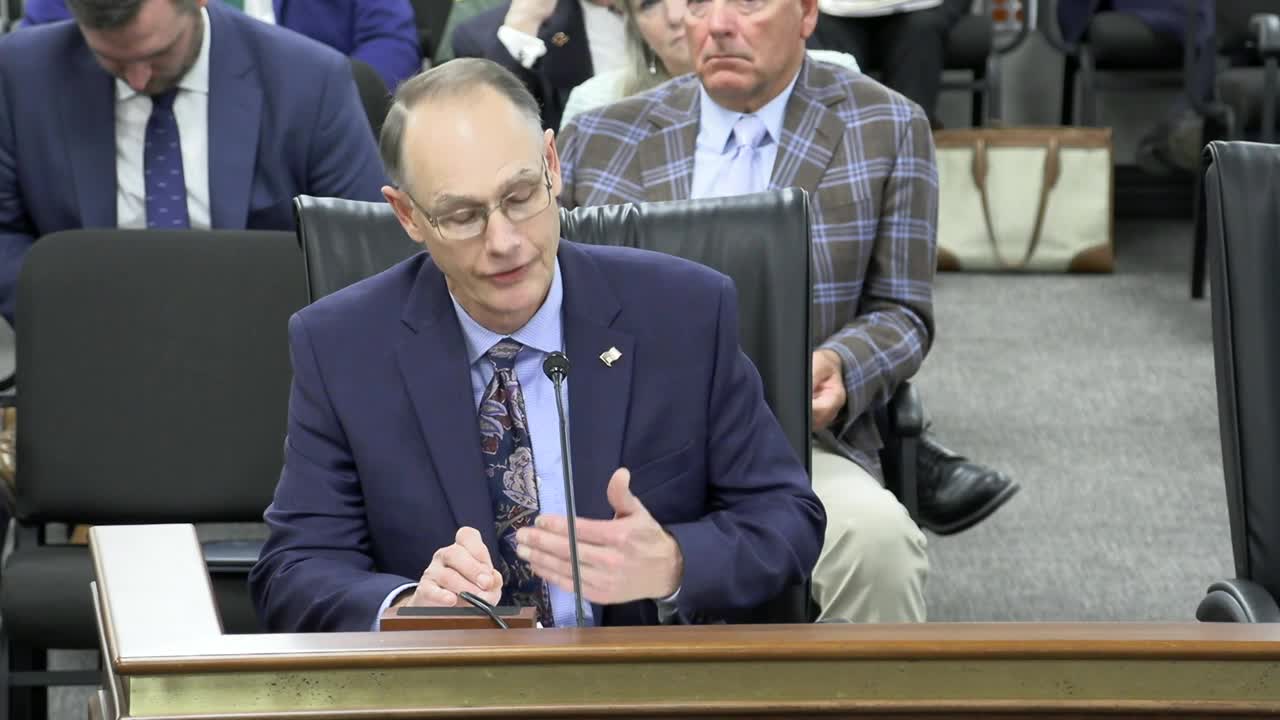
This article was created by AI using a video recording of the meeting. It summarizes the key points discussed, but for full details and context, please refer to the video of the full meeting. Link to Full Meeting
As the committee convened, members highlighted the growing bear population in South Carolina, noting that over the past five years, 134 bears have been harvested, indicating a healthy and thriving population. This prompted a proposal to modify existing hunting regulations, particularly concerning still hunting and dog hunting practices.
Currently, the hunting season is divided into two weeks: one exclusively for still hunting and the other for dog hunting. However, committee members argued that this separation is no longer necessary. They proposed allowing still hunters to hunt on their own property during both weeks of the season, while maintaining the dog hunting week as it stands. This change aims to provide more flexibility for hunters and reflect the current bear population's stability.
The discussion also touched on the outdated requirement for dog hunters to fill out a roster, which some members deemed unnecessary and burdensome. They argued that this regulation, which was once crucial for managing bear populations, has become an overreach in light of the current bear management success.
Committee members clarified that the proposed changes would apply to any private property, including leased land, allowing hunters greater freedom to engage in still hunting. They emphasized that the bear harvest is nearly evenly split between still hunters and dog hunters, countering the perception that dog hunting accounts for the majority of bear kills.
As the meeting progressed, questions arose about the geographical distribution of bear populations in South Carolina. The committee confirmed that there are two primary bear populations: one in the mountainous regions and another along the coast, near Myrtle Beach. The coastal population, which has been growing since hunting regulations were established in 2011, is believed to be a remnant of a larger population in Eastern North Carolina.
The committee's discussions reflect a broader trend in wildlife management, where regulations are evolving to better align with current ecological realities and hunting practices. As South Carolina continues to adapt its policies, the proposed changes could pave the way for a more inclusive and effective approach to bear hunting, ensuring both conservation and recreational opportunities for hunters in the state.
Converted from Senate Fish, Game and Forestry Committee -- Fish, Game and Forestry Committee Wednesday, April 2, 2025 10:00 am meeting on April 02, 2025
Link to Full Meeting
Comments
View full meeting
This article is based on a recent meeting—watch the full video and explore the complete transcript for deeper insights into the discussion.
View full meeting